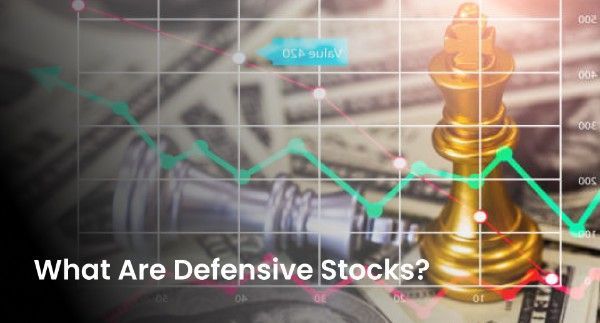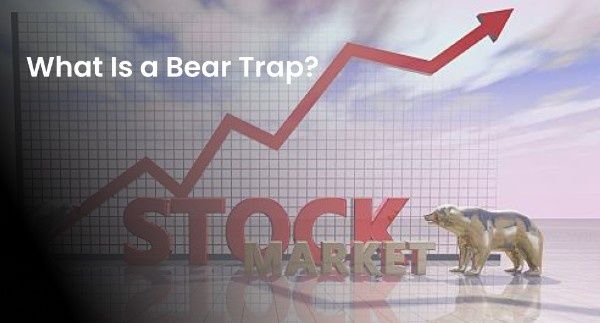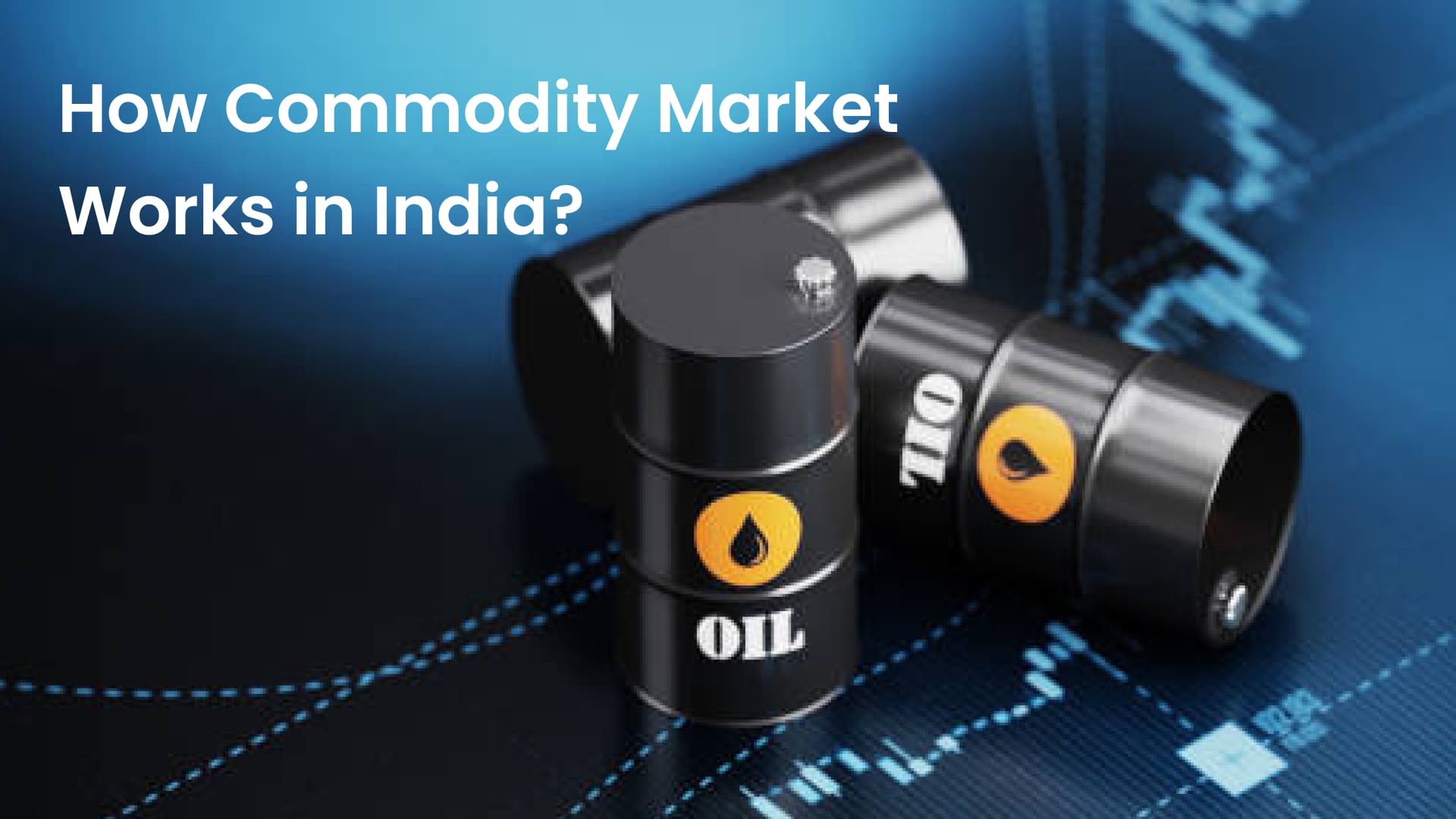Economic Data Explained: CPI, IIP, WPI, Repo Rate, Forex, Imports and Exports and More

Economic data is often one of the many factors that heavily influence the performance of a country’s financial markets. Whether you’re investing for the long term or trading to capitalise on short-term market movements, you need to monitor the various economic indicators. Doing so will not only give you key insights into the country’s economy but may also help you predict the future price movements of the financial markets.
Economic Data and Indicators
Economic data is essentially information pertaining to a country’s economic performance. Economists and market analysts often use various metrics or indicators to measure how a country’s economy has fared during a particular period. These economic indicators are categorized into three types - lagging indicators, coincident indicators, and leading indicators. Let’s explore each type in more detail.
Lagging Indicators
Lagging indicators, as their name implies, provide data and information on a particular economic activity or event after it has happened. Some examples of lagging indicators are unemployment rates and the Consumer Price Index (CPI), among others.
Coincident Indicators
Coincident indicators provide data and information on a particular economic activity or event as and when it happens. Gross Domestic Product (GDP) and employment data are two examples of coincident indicators.
Leading Indicators
Leading indicators are used to forecast or predict a particular economic activity or event. Such indicators are very useful for investors, businesses and the government since they provide data and information on potential future movements in the economy. The Consumer Confidence Index and the Purchasing Managers’ Index (PMI) are two examples of leading indicators.
7 Key Economic Data and Indicators You Should Know
As a participant in the financial market, you need to have a good understanding of the various economic indicators. This can help you make informed trading and investment decisions. Here’s a quick overview of 7 of the most important economic indicators and how they’re likely to impact the financial markets.
Gross Domestic Product (GDP)
The Gross Domestic Product (GDP) is a crucial economic indicator that provides insights into the economic performance of a country over a specific period, which is usually a quarter or an entire financial year. The GDP represents the total value of all the goods and services produced by a country and is used to assess the size and health of an economy.
A rising GDP generally signifies economic growth, whereas a decreasing GDP may suggest economic contraction. A country that experiences a consistent rise in its Gross Domestic Product often tends to enjoy greater investments from both domestic and foreign investors compared to a country with declining values.
Consumer Price Index (CPI)
The Consumer Price Index (CPI) is an indicator that tracks the prices of a set of goods and services that consumers purchase. It is widely used by many countries to determine the rate of inflation in the economy.
If the CPI is rising, it indicates increasing prices of goods and services, which can lead to decreased purchasing power for consumers. The central banks of countries such as the Reserve Bank of India, for example, constantly monitor the CPI and adjust interest rates to combat inflation in the economy. A high Consumer Price Index is often viewed negatively by investors and traders and could potentially lead to the financial markets underperforming.
Wholesale Price Index (WPI)
The Wholesale Price Index (WPI) is an indicator that tracks the changes in the prices of a basket of goods that are sold in bulk by wholesalers. It is also used to determine inflation but on a wholesale level.
WPI is arrived at by collecting prices from wholesale markets across different sectors of the economy. It provides insights into the cost of production and distribution of goods. A rising WPI generally indicates that producers are facing increased costs, which may eventually be passed on to consumers in the form of higher retail prices.
As with the CPI, a high Wholesale Price Index is also detrimental to the financial markets and could even lead to a sell-off.
Index of Industrial Production (IIP)
The Index of Industrial Production (IIP) is another major economic indicator that traders and investors need to monitor. The IIP measures the production output of different sectors of a country’s economy, such as manufacturing, energy production, and mining, among others.
The Index of Industrial Production reflects the overall level of industrial activity in a country. A rising IIP indicates increased production and economic expansion, which the financial markets view as a positive sign. On the other hand, a declining IIP may signal slowdowns or contractions in the industrial sector, which can lead to increased selling pressure on the markets.
Repo Rate
The repurchase rate, or repo rate, is among the most popular and influential economic indicators. It is a key interest rate that’s set by the central bank of a country and is one of the many measures it employs to keep inflation in check. The repo rate is the rate at which funds are lent by the central bank of a country to its commercial banks for short periods.
An increase in the repo rate would make borrowing more expensive for commercial banks, which can in turn lead to higher interest rates for consumers. If the inflation rate in the economy is high, central banks generally increase the repo rate to reduce the money supply. Although doing so can effectively combat inflation, it also leads to reduced investments in the financial markets.
On the other hand, a decrease in the repo rate would make borrowing more cost-effective for commercial banks, who are more likely to pass on the benefit to consumers. Such a move can kick-start an economy and increase activity. And since borrowing gets cheaper, more investments are likely to flow into the financial markets.
Imports and Exports
Imports and exports are fundamental components of international trade and play a significant role in shaping a country's economy. Exports represent goods and services that are produced domestically and sold to other countries, whereas imports represent goods and services that are purchased from other countries.
Exports contribute the most to economic growth. It boosts GDP and improves trade balances with other nations. Strong export performance is indicative of a vibrant economy with a global market presence and makes the financial markets more appealing to investors.
Although imports can complement domestic production and fill gaps in supply chains, high import levels can indicate increased dependency on foreign goods and services. This could negatively affect trade balances and forex rates.
Forex or Currency Exchange Rate
Also known as the currency exchange rate, the foreign exchange (forex) rate is the rate at which one currency can be exchanged for another. For example, if the USD-INR exchange rate is Rs. 85, it essentially means that you need to pay Rs. 85 to purchase 1 USD. The forex rate is a crucial element in international trade, investment, and financial transactions.
Exporters tend to benefit a lot from weak domestic currency since it allows them to earn more from their exports. However, it could potentially make imports more expensive since importers would have to pay more for importing products and services into the country. Conversely, a stronger domestic currency is detrimental to exporters but beneficial to importers since it reduces the cost of imports.
Investors often keep a close eye on forex rates to assess investment opportunities and risks. A strong currency may attract foreign investment, whereas a weak currency can lead to the opposite.
Conclusion
With this, you must now be aware of the various economic indicators that are commonly used. As someone who is involved in the financial markets, understanding and monitoring economic data and indicators is crucial. These indicators can provide valuable insights into the health and direction of an economy, allowing you to navigate the complexities of the financial markets more effectively.

















